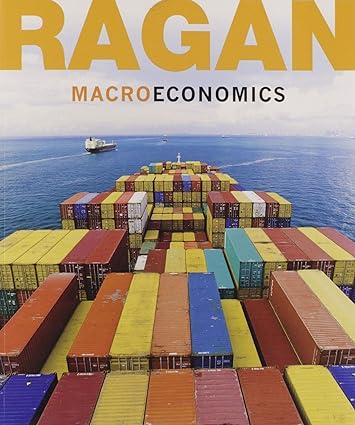Consider the relationship among exchange-rate changes, aggregate demand, and monetary policy. Assume we begin in a situation
Question:
Consider the relationship among exchange-rate changes, aggregate demand, and monetary policy. Assume we begin in a situation with real GDP equal to \(Y^{*}\).
a. Suppose the world price for raw materials rises because of growing demand for these products. Given that Canada is a net exporter of raw materials, what is the likely effect on Canadian aggregate demand? Show this in an AD/AS diagram (assuming no change in the exchange rate).
b. Suppose instead that there is an increase in the demand by foreigners for Canadian financial assets such as government bonds. What is the direct effect on Canadian aggregate demand? Show this in an \(A D / A S\) diagram (assuming again no change in the exchange rate).
c. Both of the shocks described above are likely to cause an appreciation of the Canadian dollar on foreign-exchange markets. As the Canadian dollar appreciates, what are the effects on aggregate demand in part (a) and in part (b)? Show these "secondary" effects in your diagram and explain.
d. Given your answers to parts (a), (b), and (c), explain why the appropriate monetary policy response to a change in the exchange rate depends crucially on the cause of the exchange-rate change. What are the appropriate responses to each of the shocks (assuming they occur separately)?
Step by Step Answer:






